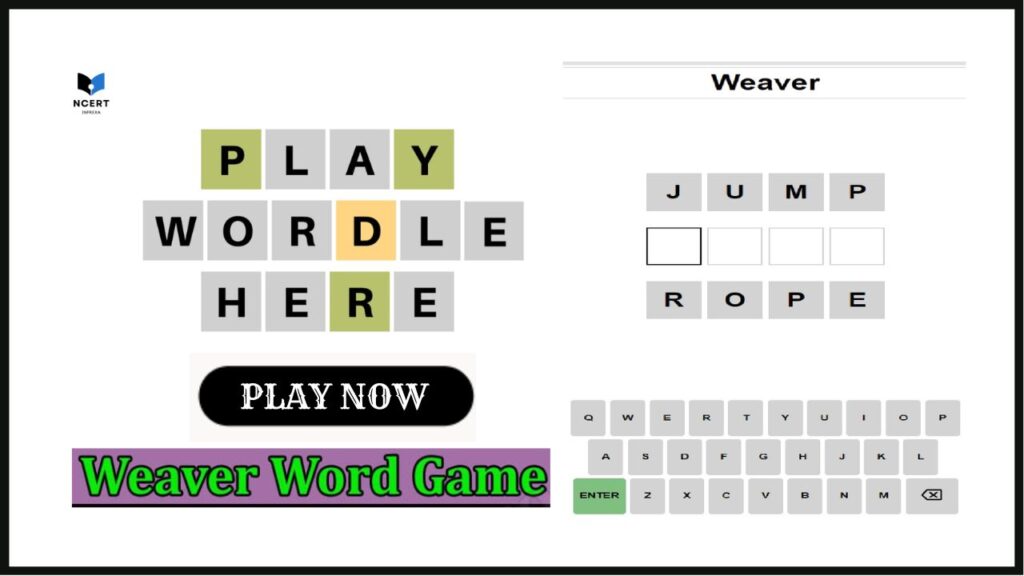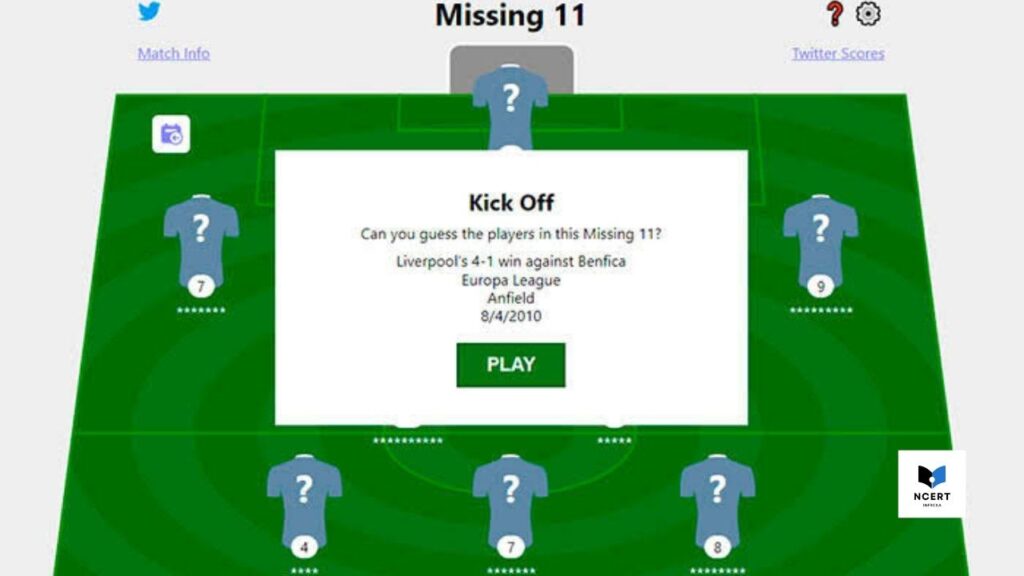I started playing Airportdle shortly after getting tired of the standard five-letter word games. For anyone who spends time flying, the International Air Transport Association (IATA codes) are already part of the lexicon – think LAX, JFK, ORD. The challenge here isn’t vocabulary; it’s domain knowledge under a time constraint, which makes it far more engaging for people like me who love geography and travel.
The setup is simple: instead of guessing five letters, you have six attempts to guess the correct three-letter airport code. You must enter a valid code for the guess to register, which prevents random letter spamming and forces genuine deduction.
The Color Coding
The game uses the familiar color feedback system, but because the word is only three letters long, the feedback is immediate and intense:
- Green: The letter is correct and locked into the right position. This is the goal.
- Yellow: The letter is definitely in the code, but it’s currently in the wrong position.
- Gray: The letter is not used in the code at all and can be eliminated entirely.
With only six guesses, you cannot afford to waste a single turn. You need to gather maximum information in the first two codes to guarantee a solve by the fourth or fifth guess.
Triple-A Strategy For Maxing Out the First Two Guesses
Based on playing countless daily puzzles, I’ve found that a specific strategy works best for 3-letter IATA codes. The majority of codes use high-frequency consonants (S, T, L, R, N) and high-frequency vowels (A, I, O).
My go-to starting strategy is to use two codes that hit the most common letters and check positions instantly:
- Guess One: MIA or ATL. These codes use two of the most common vowels (A, I/O) and highly frequent consonants (M, T, L). They establish early position checks for the front and end of the code.
- Guess Two: SFO or ORD. This is your consolidation move. It uses S (very common first letter), O/R (to check the middle position), and F/D.
By the end of these two guesses, you have already used six different letters and checked the most common positions. This usually lights up at least one green box and gives you enough information to pivot to a targeted solve.
Practical Tips for the Final Solves
- Prioritize Position 1: The most distinguishing feature of a code is usually the first letter. If you have a Green first letter, you’ve drastically narrowed the field of possibilities. If you have a Yellow first letter, it almost certainly belongs in the middle or end, which is a massive clue for the remaining two positions.
- Watch Out for Low-Frequency Letters: IATA codes rarely contain Q, J, X, Z, or V – if you can avoid using these letters in your first two information codes, you’ve optimized your chances. Only introduce them if the feedback forces you to.
- The Code Must Be Real: Since you must enter a valid IATA code, you can’t just throw out three random letters to test. If you have two green letters and are stuck on the last one, you have to think through real-world codes that fit the pattern (e.g., if you have G R and need the middle letter, you know it could be GRU but not GRW unless that’s a known airport).
I’ve noticed that certain letters cluster geographically. A ‘K’ often appears in East Asian codes (ICN, KIX, KUL), while ‘F’ is common in German airports (FRA, FMM, FKB). When you get partial matches, consider the geographic implications.
Playing Airportdle While Traveling
I often download the daily Airportdle before getting on a flight. While the game requires an internet connection to load the daily puzzle, the puzzle itself can often be played offline once it’s loaded in your browser. However, sharing your results or loading the next day’s puzzle will require Wi-Fi. It’s a great way to pass the time while taxiing or waiting for luggage.
Alternative Daily Challenges
For travelers who enjoy this style of geography and knowledge puzzle, other daily challenges scratch a similar itch:
- Globle: A geography challenge where you guess a mystery country each day. After each guess, the globe colors the country according to its distance from the target – the closer you are, the darker the color.
- Flagle: Another geography-based puzzle where you are shown a small portion of a country’s flag and must guess the correct nation. With each wrong guess, more of the flag is revealed.
- Heardle: A music-based challenge where you guess the song title and artist after hearing only a few seconds of the intro. You get more time with each wrong guess.
- Moviedle: A visual daily puzzle where you must guess the movie from a fast-paced, one-second video clip. If you’re wrong, the clip gets longer until you reach a maximum of six guesses.
Good luck with today’s airport code!




